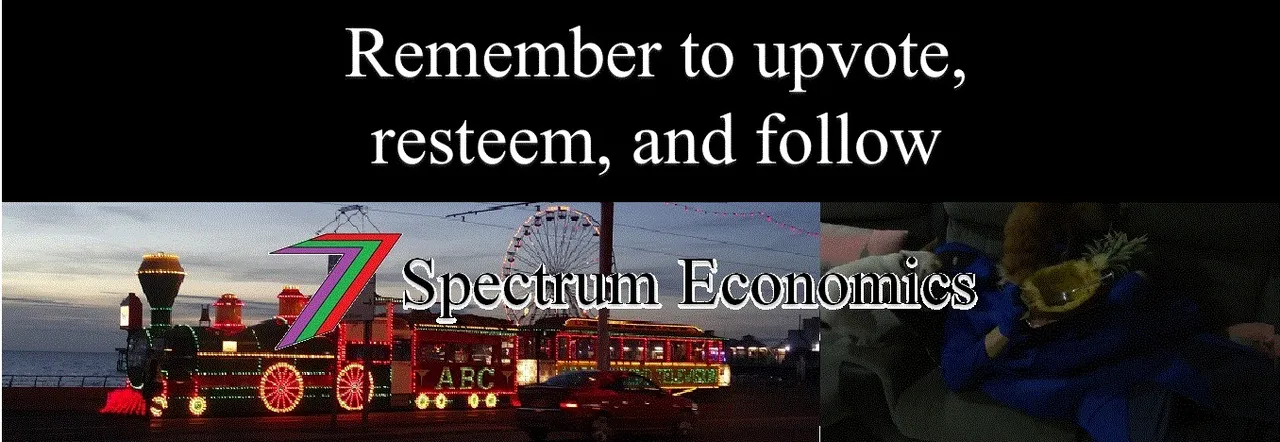Hi Everyone,
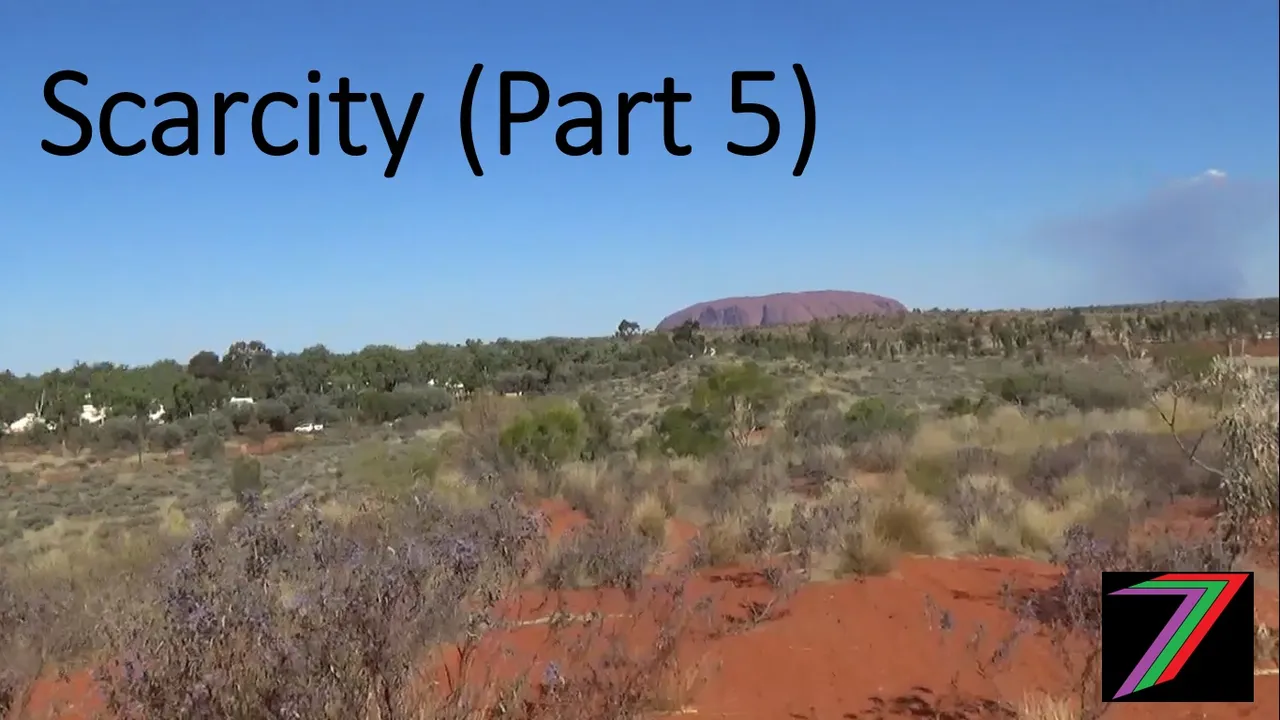
This is Part 5 of a short series relating to the economic concept ‘scarcity’. This is the final part of this series. In Part 5, I will be summarising what we have discovered and will be looking at solutions to problems identified in the previous parts of this series. Before I jump in, here is a very quick recap of the previous four parts.
Quick Recap.
Part 1 defined ‘scarcity’. Part 1 explained scarcity using a very basic example of a few people competing for an item. Part 1 also introduced concepts such as money and ownership of resources.
What is Scarcity?
Scarcity occurs when there are too many people chasing too few goods or services. Scarcity means that there are insufficient resources to cater for all the needs and wants of everyone.
For more information regarding Part 1 use the following link: @spectrumecons/scarcity-part-1

Part 2 explained two types of scarcity. They are natural scarcity and contrived scarcity.
Natural scarcity occurs when there is naturally an insufficient supply of a good or service.
Contrived scarcity exists when there are sufficient resources to go around but because certain people obtain control over important factors of production, scarcity becomes a problem to those who do not control those factors of production.
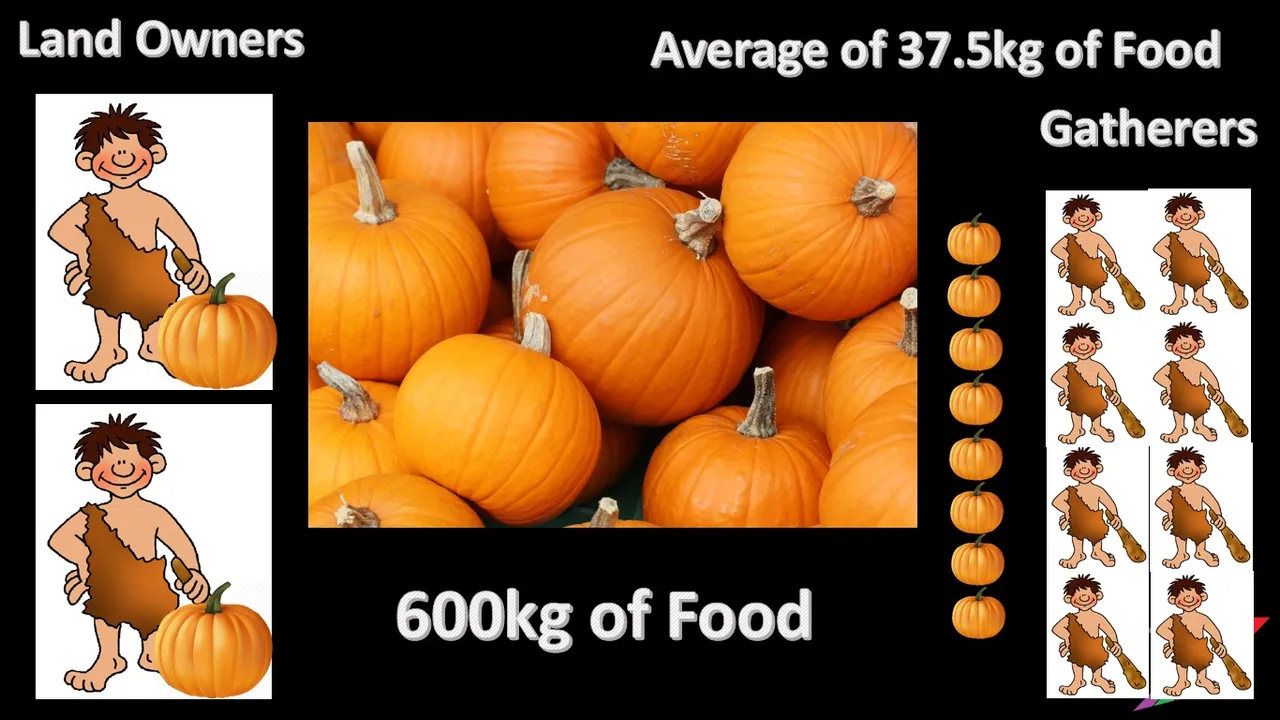
For more information regarding Part 2 use the following link: @spectrumecons/scarcity-part-2-natural-or-contrived
Parts 3 and 4 investigate commonly claimed sources of scarcity. Scarcity is investigated in regards to the four economic factors of production:
- Land
- Labour
- capital
- entrepreneurship
Part 3 focuses on ‘Land’ with a strong emphasis on the wastage of land by the Meat and Dairy Industries.
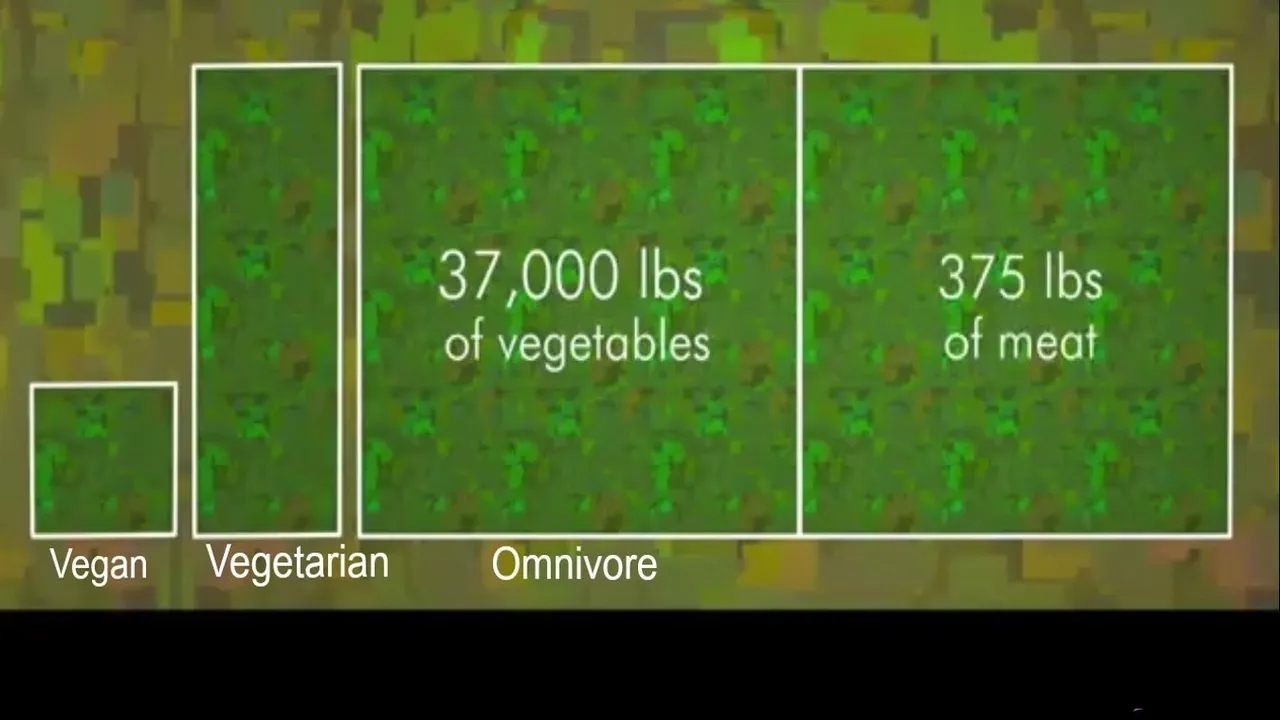
Part 4 focuses on the other three factors of production (labour, capital and entrepreneurship)
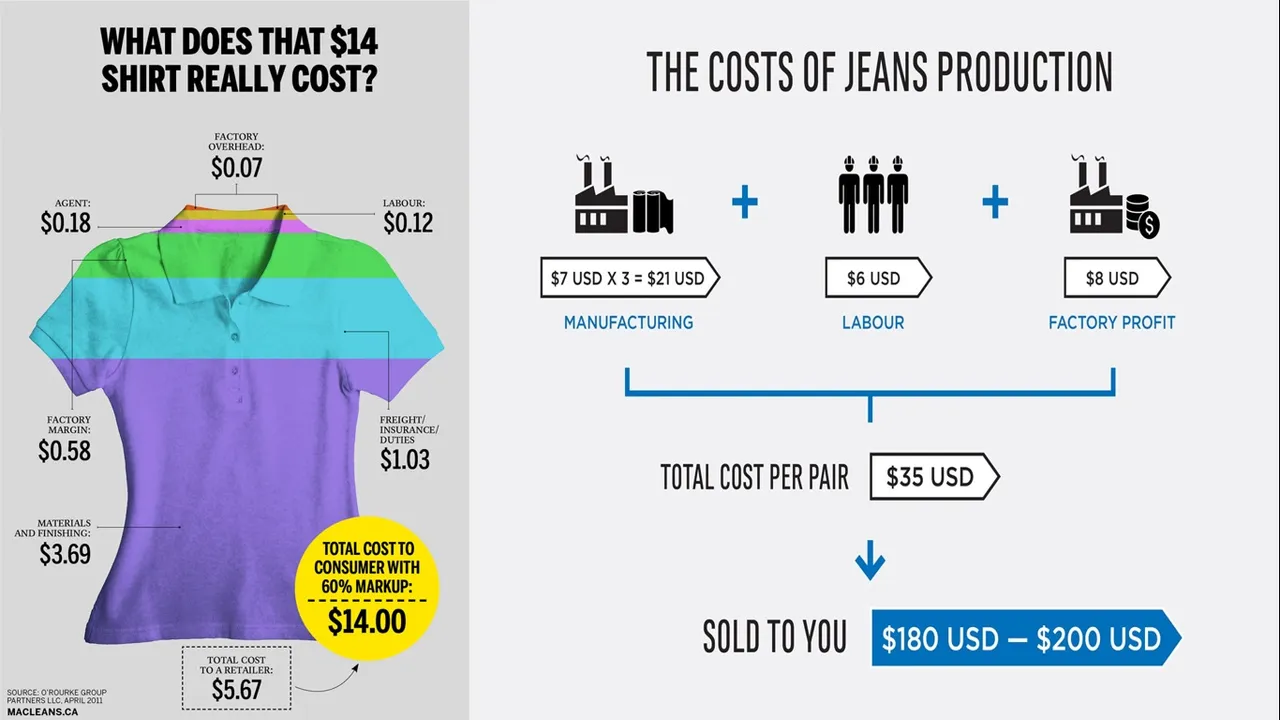
For more information regarding Part 3 use the following link:
@spectrumecons/scarcity-part-3-meat-and-dairy-land-use
For more information regarding Part 4 use the following link:
@spectrumecons/scarcity-part-4-labour-capital-and-entrepreneurship
Does scarcity actually exist?
At the end of Part 4, I came to the conclusion that natural scarcity is unlikely to occur when considering factors of production. There is ample land for farming if we live off a plant-based diet rather than include meat. There are alternative forms of energy, such as solar energy or harnessing of cosmic energy (Tesla), that do not destroy the environment or deplete the earth’s natural resources. Labour shortages are temporary with the availability of options to upskill. Capital combined with improved technology has improved the output of labour and the efficiency of land use. Entrepreneurship can thrive in markets that are open and competitive.
On the other hand there is strong evidence to suggest that scarcity exists. Take for example scarcity of food. There are, according to Food Aid Organisation, 2017, 795 million people that do not get enough food to live an active healthy life. This problem is not caused by a natural scarcity of food. It is caused by contrived scarcity.
Contrived scarcity as explained in the first four parts of this series occurs because of the concentration of wealth with the few and the ownership of factors of production by other large corporations or Government. The hoarding of wealth and resources by the few, forces the rest of society to compete with what is left, hence creating unnecessary scarcity.
Let’s see how contrived scarcity has manifested itself in regards to food. A plant-based diet requires approximately 18 times less land than a meat eater’s diet (Cowspiracy 2014), yet only a small percentage of the world’s population have pure plant-based diets (less than 5% in most countries). The meat and dairy industries are rich and powerful. They are able to maintain low prices through Government subsidies, low cost feed, low quality conditions, and growth hormones to grow bigger animals to obtain more meat at a lower cost.
Those that live a vegan lifestyle are often ridiculed in the media. The cruelty that takes place in the meat and dairy industries has been kept from public view and knowledge. The unhealthy effects of eating meat and dairy are not well documented. Governments often lie about the health benefits of meat and dairy through campaigns.
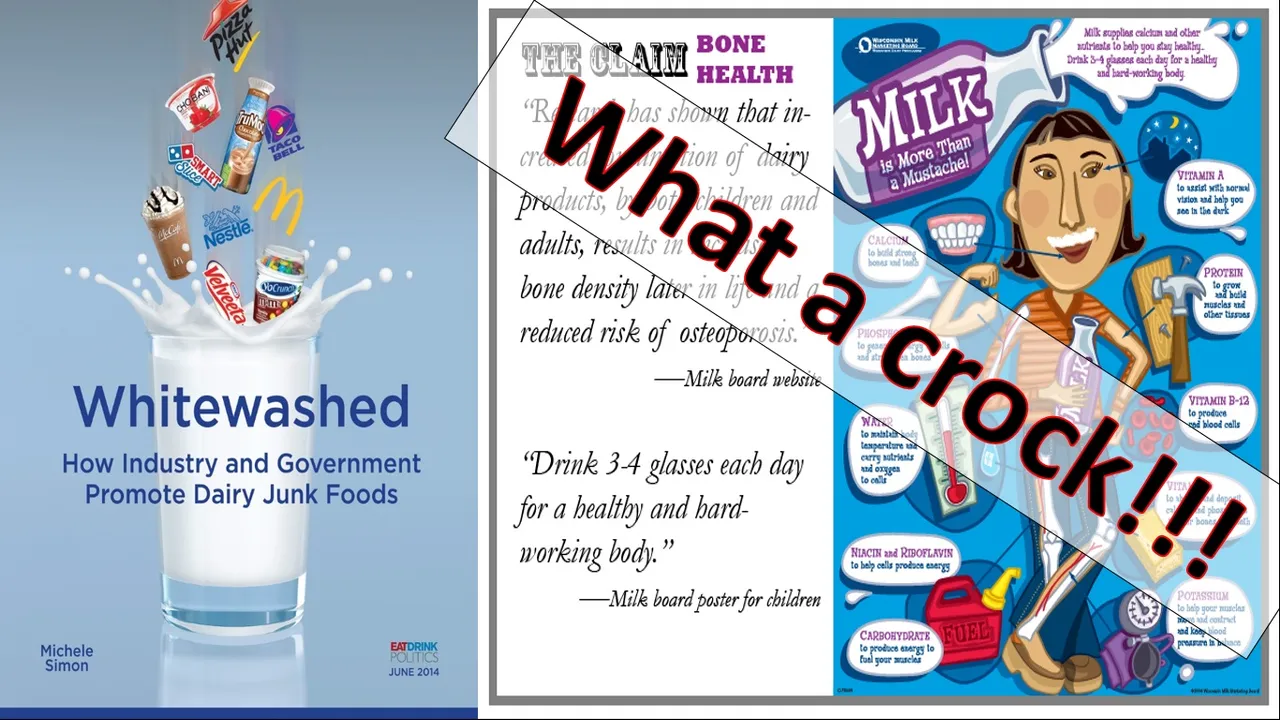
On top of restricted output of food because of inefficient land use by the meat and dairy industries, massive volumes of food produced is wasted. The United Kingdom throws away 44% of bread produced (The Guardian 2017). There is wastage at various stages of production. Food that gets thrown out because it is not aesthetically pleasing, uncertainty about sell-by and best-before dates, or not sold on the same day it is prepared. Restaurants and even households often prepare too much food which ends up getting thrown out.
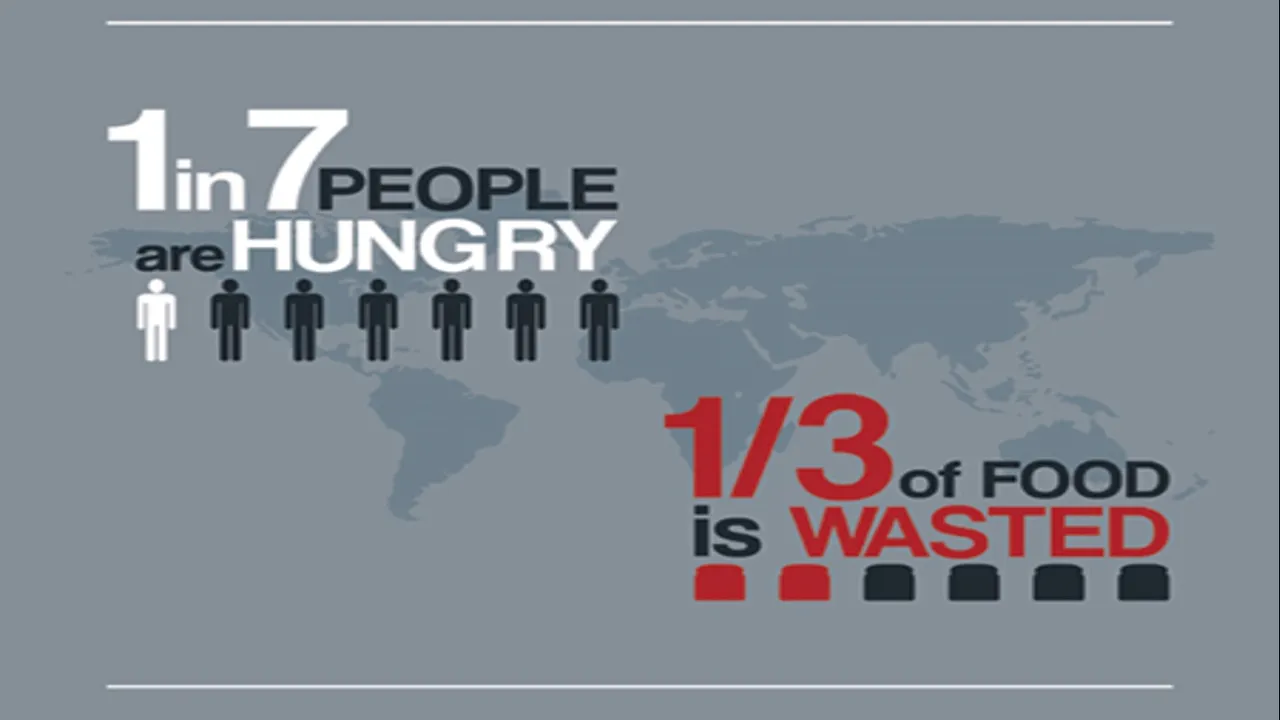
In the world, even with the extent of land wasted for rearing animals and the wastage of food, there are an estimated 1.9 billion overweight adults of which 650 million of them are obese (World Health Organisation 2017). The world can easily produce enough food for everyone. In fact, there are surpluses. Food is not supplied or made available to those that do not have sufficient wealth to pay for it.
Scarcity in regards to energy, health care, education, water, housing, and access are, in most cases, directly related to limited supply caused by those that have ownership or control over wealth and resources.
Here are a few facts relating to wealth and distribution of wealth in the world.
In 2008, according to World Bank Development Indicators, the world’s poorest made up only 1.5% of the world’s expenditure while the richest 20% made up almost 77% of the world’s expenditure.
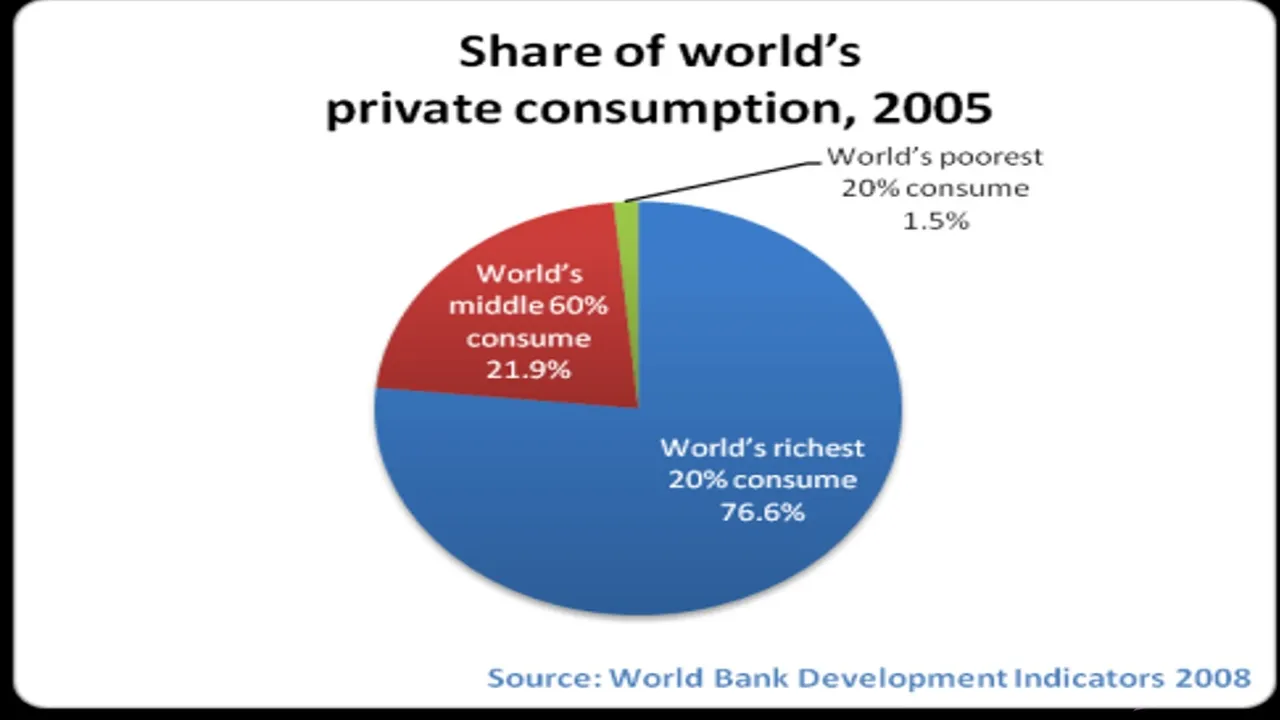
In 2013, according to Do Something Organisation, more than 1.3 billion people in the world lived in extreme poverty (surviving on less than US$1.25 a day).
In 2017, the wealthiest 1% of the world owned over 50% of all household wealth in the world.

Source: Transcend 2017
The 62 richest people in the world have as much wealth as the poorest 3.5 billion people.
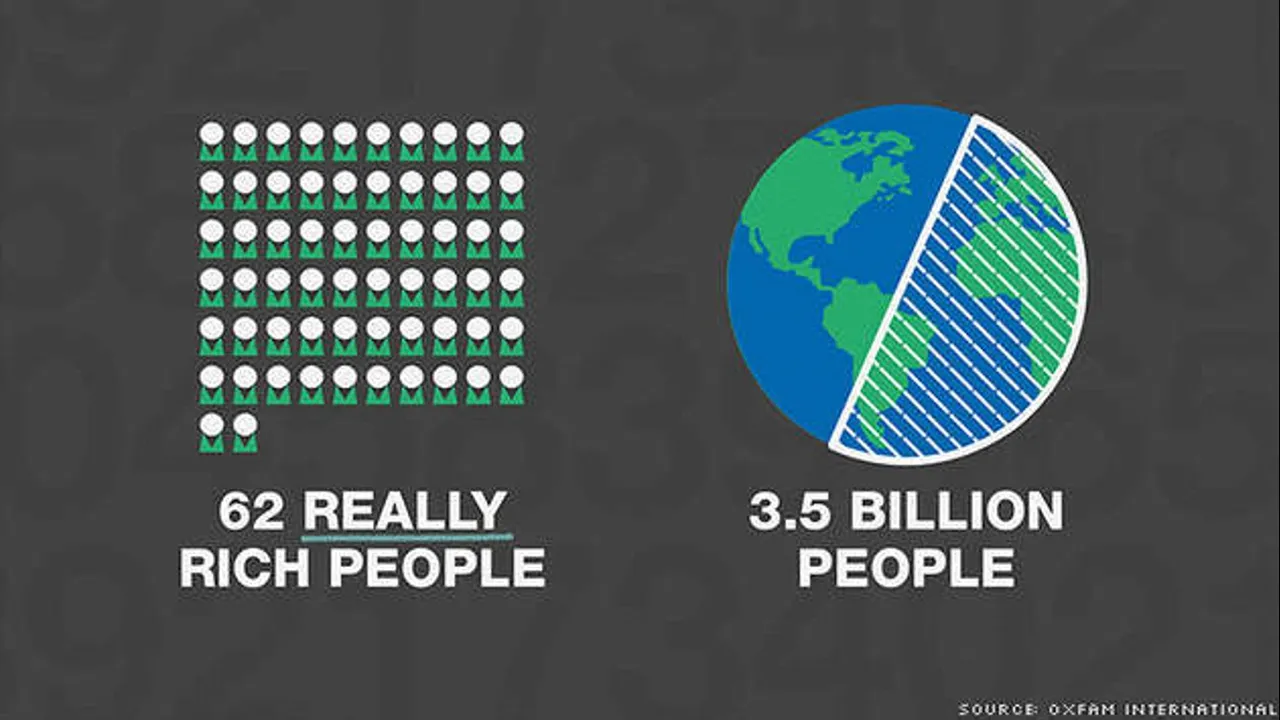
Source: Oxfam International 2016
How do we eliminate contrived scarcity?
Contrived scarcity is caused because of control of resources and wealth by the few. This could be large corporations, it could be governments or a combination of both. Governments and large corporations look after each other. Governments provide handouts and subsidies to large corporations using taxpayer’s money. Large corporations help spread propaganda to maintain the two-party system as well as provide other benefits to politicians (future lobbyists).
Acquiring Information and Knowledge
Acquiring information is an ongoing activity that we need to be constantly engaged in. There is so much going in the world and so much new information flowing in every day. It is important to be aware of what is happening and what is changing. It is important to communicate with other people with different perspectives. They can add to our knowledge even if we do not necessarily agree with them. The acquisition of information also makes it easier to communicate with others while making your arguments more convincing.

Providing Information
Provide information about the system and how it works. In recent years the alternative media has grown and has been doing a great job of providing information and news not covered by the mainstream media. YouTube was a great outlet for the alternative media but it has greatly upped the censorship, thus making it extremely difficult for the alternative media to get its message out.
Steemit is becoming a better outlet for the alternative media to convey information and news than YouTube. Steemit is not censored, has a growing audience and provides better potential for producing financial returns than YouTube, which is restricting advertising on videos deemed controversial. The Steemit audience, from observation, is more receptive to less conventional and less mainstream perspectives; they seem more awake to the world than the average person.

Activism
Next step up from just merely informing others is to get actively involved. You can engage in the following activities.
- Sign petitions
- Start petitions
- Attend rallies, marches or protests
- Join activist groups
- Engage in fund raising
- Actively organise and/or participate in events
- Go out into the community and engage with people
- Confront people in positions of power
- Join unions
- Make as much noise as possible about injustice
Activism can help you and those around you get heard. It can also build bonds between likeminded people while strengthening the cause. Engaging in activism can help materialise the message in our minds as well as in the minds of those we encounter. Problems will no longer feel a world away but at our doorsteps crying to be addressed.
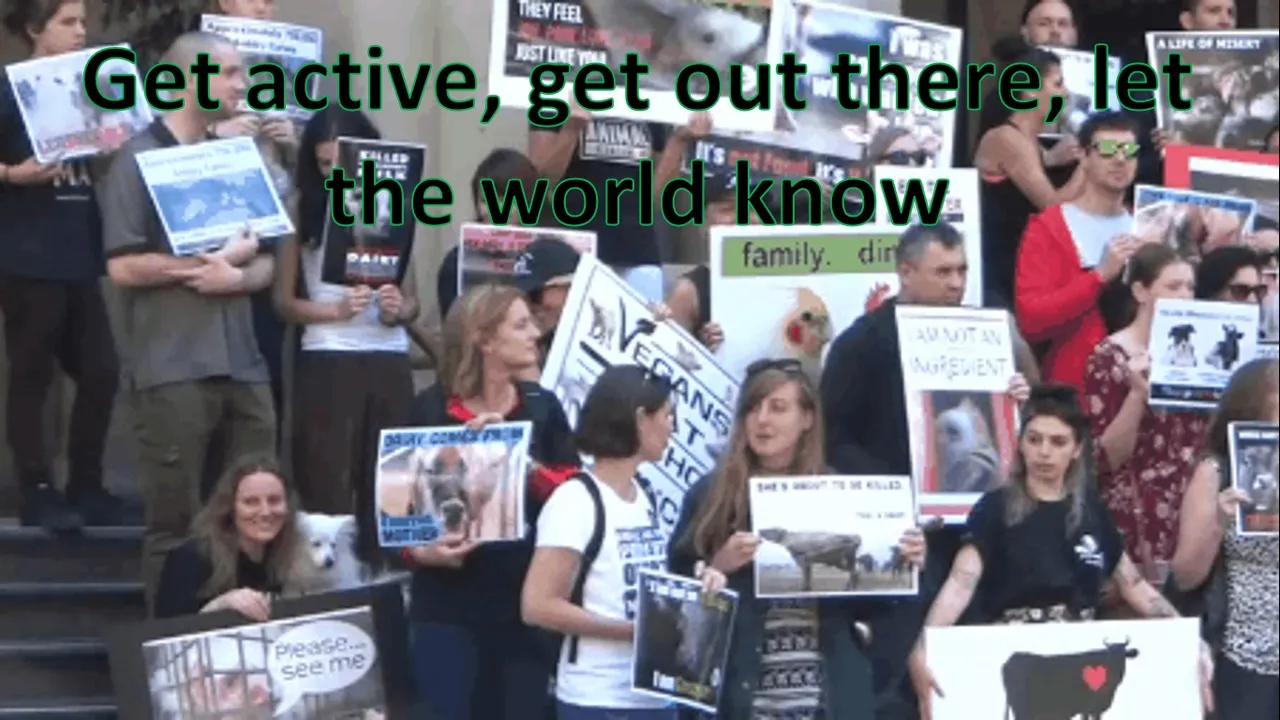
Non-conformism
Non-conformism should go hand-in-hand with activism. It is hypocritical to preach one thing but not actively practice that way of life. When I say, non-conformism, I mean the following:
- Do not just follow the crowd, think for yourself.
- Do not accept the exploitive nature of society.
- Do not feel and act as if you have no power.
- Go out and live your dream.
- If you do not want to do something, do not feel pressured to do it, even if it appears everyone else is doing it.
- Do not abide or follow unjust laws or rules.
- Do not participate in biased and unfair political system.
- Support and help others because you believe it is right not because you are told to do so.
- Support and help others who are on the same journey as you.
- Be your own person, acknowledge your own uniqueness.
- Find new and innovative ways of doing things.
Not being bound by the ideology, rules, expectations, and pressures of a brain-washed society, can drive your passion. Those around you will see this passion and will be more likely to re-examine their own lives.
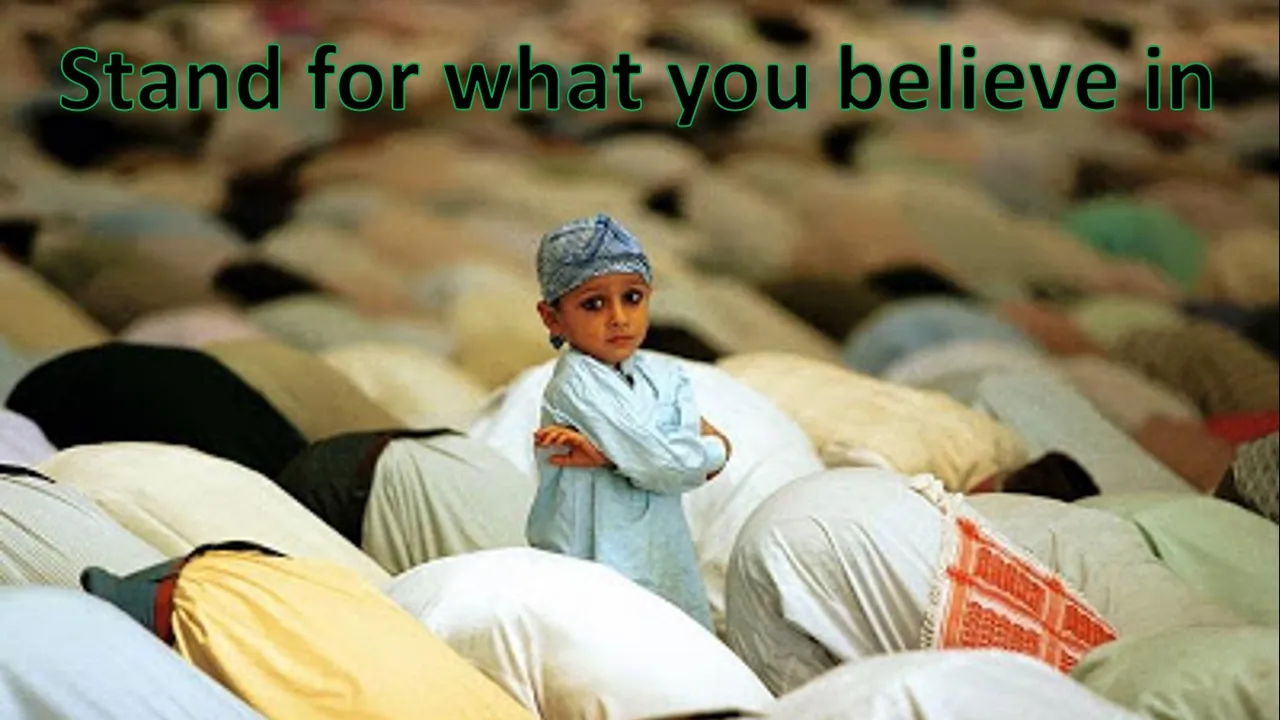
Be patient and persistent
Change takes time. Acquire as much knowledge as you can. Impart that knowledge onto other people the best you can. Go out and let the world know that you do not stand for exploitation. Whatever you pass onto to others, make sure you stay true to that in your life. Do not be just be a talker, be a role model.
All of your effort may not appear to not make much of a difference but change takes time. Be patient and be persistent, the world is waking up. Keep going until a critical mass is reached.
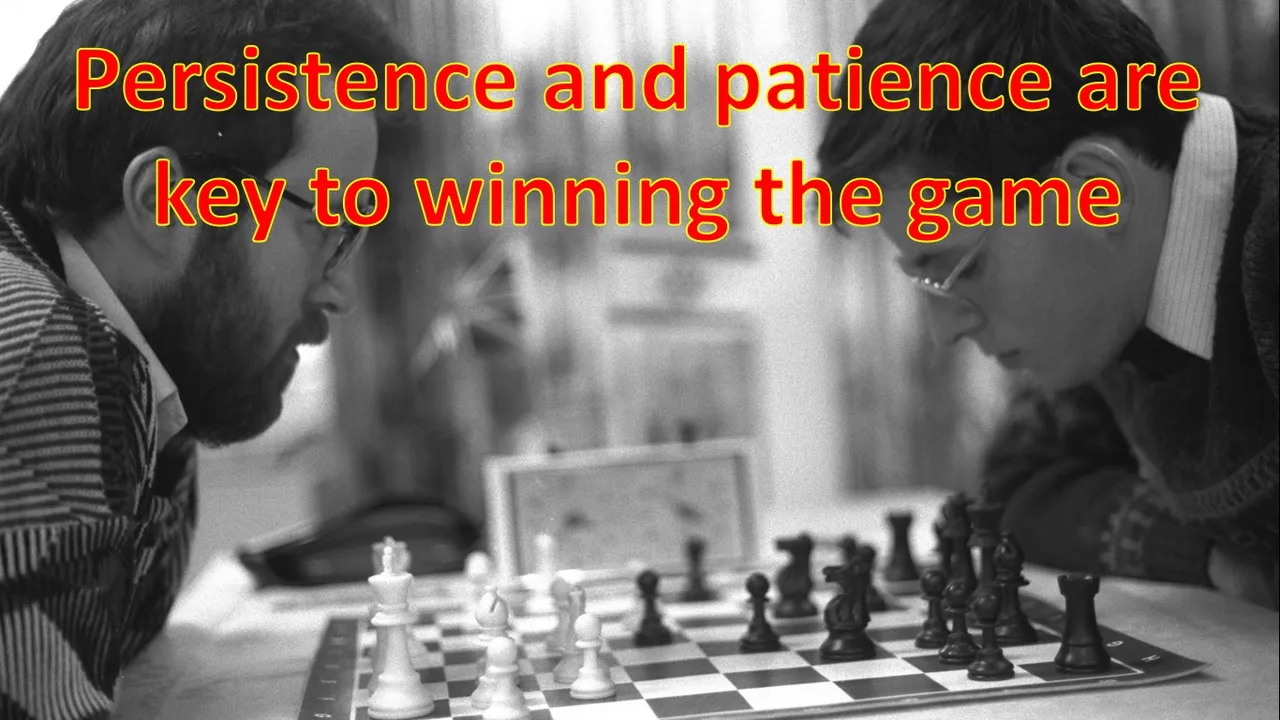
Revolution
Once enough people have become enlightened and are no longer willing to accept the rule of the few. Governments will lose their power and control over the people. Major corporations will no longer be profitable, as they can no longer sell their products. They will be forced to downsize or be pushed out of business. Smaller business will thrive from reduced barriers to entry. Decentralised money creation will replace Central Bank controlled fiat currencies (I will discuss the manipulation of wealth using fiat money in another post). Land and property will become affordable for all when housing supply is not restricted and property prices are not inflated by mortgages (I will discuss the bank’s property market scam using mortgages in another post).
Millions of people will not have to die because of Government orchestrated wars (I have two posts regarding the use of war to manipulate the people. They can be accessed using the following links: @spectrumecons/0flnsa1h and @spectrumecons/dark-side-of-economics-5-money-and-power-from-war).
These are just a few examples of how the world can change if we work together so that everyone can enjoy everything that this world has to offer.

Resistance will be strong
The powerful have controlled the world for a very long time. They are not going to let it go easily. You should be ready to expect any, some, or all of the following:
- More terrorist attacks and false flag operations
- Greater threat of conflict with other nations
- More surveillance and laws restricting freedom
- A major economic crash
- Major war or conflict
- Marshall law and lockdowns in cities
- More taxpayer bail-outs of large corporations
- Bail-ins of big banks
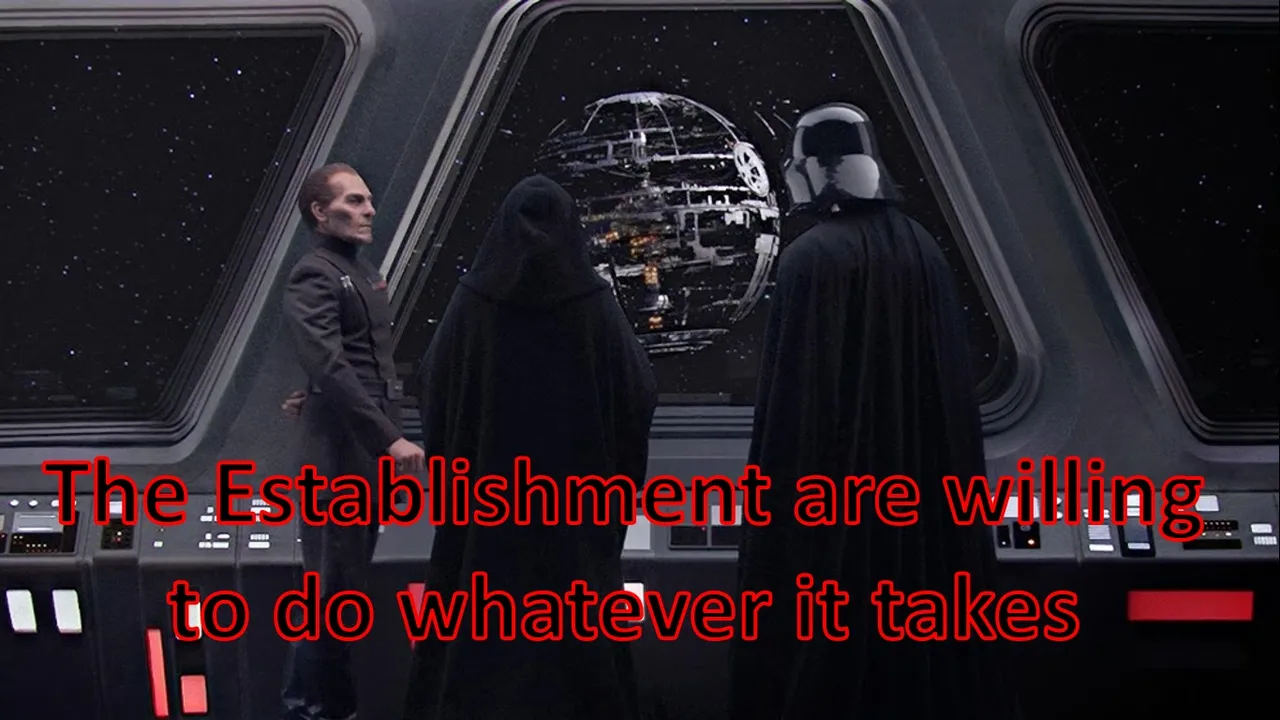
No matter what is thrown at us, if enough of us stand together we can make a better life for everyone. Scarcity should not be a fundamental economic problem in society. The only thing that we should have to consider scarce is time. All we have to do is make the most of it.
Conclusion
This brings me to the end of Part 5. It has been quite a journey. I hope you have enjoyed reading these posts. My approach and explanation of scarcity differs a little from mainstream economics and economic textbooks. The first two parts were mostly theoretical. The third and fourth parts looked at scarcity in the real world and applied the theory from the first two parts. The fifth part drew conclusions from the first four parts and summarised how contrived scarcity can be tackled in the future.
Scarcity is a problem in the world but it is not for most of the reasons that we are told. It is not because we have too many people. It is not because our factors of production are limited. It is not because our needs and wants are insatiable. Most of the world’s scarcity is contrived by those who hold wealth, hold power, dictate ideologies, and have ownership of factors of production. These people limit access to resources, therefore the rest of us are forced to compete for what is left. Scarcity can be reduced through better management of the resources that we have access to but the best way to reduce scarcity is to have access to everything. The world has so much to offer and technology has reached a state that nobody should be deprived of a comfortable life.
Thank you for reading this post and series, I hope you have enjoyed the content and found the information useful. I will have more posts of a similar nature to come.
